Excessive noise can have an impact on both workplace safety and team effectiveness, which makes it a factor that needs to be managed effectively by businesses.
This page provides information about the impact of sound on employees, how to manage noisy work environments, and how to improve productivity through noise reduction and enhanced noise suppression technology.
Noisy environments can have an impact on both our focus and concentration, which affects how well we can undertake tasks.
This is because sound and productivity are directly related.
While some people may find background noise calming or helpful, in general, sounds can impact our concentration and reduce our productivity.
Ambient noise can actually be distracting to the point of causing noise-induced stress. This has been shown to reduce dopamine production in the brain, which limits its ability to send information effectively around the body, impairing memory and learning.
Research shows that background noise and the associated increase in stress can actually have a further negative impact on health, and has been linked to migraine headaches, high blood pressure and even coronary disease.
In industrial environments where teams are exposed to high-levels of machinery noise of over 100 decibels, these issues can be considerably amplified.
The Australian national standard for noise in the occupational environment is an average daily exposure level of 85 decibels. This is consistent with scientific evidence which indicates that exposure levels above this level represent an unacceptable risk to people’s hearing. Many other developed countries have introduced legislation based on this standard as well.
Besides hearing loss, high noise-exposed workers are more likely to experience significant levels of speech interference, disturbed sleep, excess stress, tinnitus, and decreased work performance.
When trying to compete with loud ambient noises, people have to raise their voices to be able to communicate effectively. This not only puts stress on the speaker but also on the other team members who are trying to listen to instructions and commands. Communication breakdowns like this can decrease productivity and lead to disorganization.
When trying to compete with loud ambient noises, people have to raise their voices Exposure to high noise levels can have a lasting impact and disturb a person’s sleep throughout the night. This lack of restful sleep can cause daytime sleepiness and tiredness, annoyance, mood changes as well as decreased well-being and cognitive performance. It can also decrease accuracy and result in a higher number of on-the-job accidents.
When trying to compete with loud ambient noises, people have to raise their voices Concentration is also severely affected in excessively noisy situations. Hearing overstimulation may prevent workers from performing at their greatest potential, which may lead to dissatisfaction and frustration in the workplace.
When trying to compete with loud ambient noises, people have to raise their voices In an environment where awareness, communication and concentration are hindered by high levels of noise, productivity levels generally decrease. Productivity is the main goal of every occupational site and therefore, any issues interfering with maximum productivity should be removed.
If your working environment exposes team members to excessive noise levels, it’s important to protect them adequately. Industrial noise-blocking headsets with electronic hearing protection can prevent risks to hearing and remove any loss in productivity caused by noise-related stress.
The ability to hear is one of a human’s major sensory nervous system senses. It allows us to appreciate and interact with the world around us.
Healthy hearing gives us the ability to communicate and socialize with friends, be more alert of our surroundings, enjoy audible entertainment and generally offers us overall peace of mind.
So, if our hearing was to decline, it would reduce our quality of life. Hearing loss doesn’t just affect people physically; it can impact our emotional and social health, too.
Protecting your hearing is, therefore, an important part of remaining healthy and enjoying a productive life; and this includes in the workplace.
When people think of industrial OH&S hazards, they generally consider toxic chemicals, heavy weights, sharp objects, heat or poisonous fumes. However, excessive and constant noise can be just as dangerous to teams of employees.
Each year, thousands of workers suffer due to excessive noise exposure while on the job. Unfortunately, many are simply uninformed and unaware of the dangers of occupational noise and neglect to take the necessary precautions, such as using protective ear muffs with noise cancelling sound features.
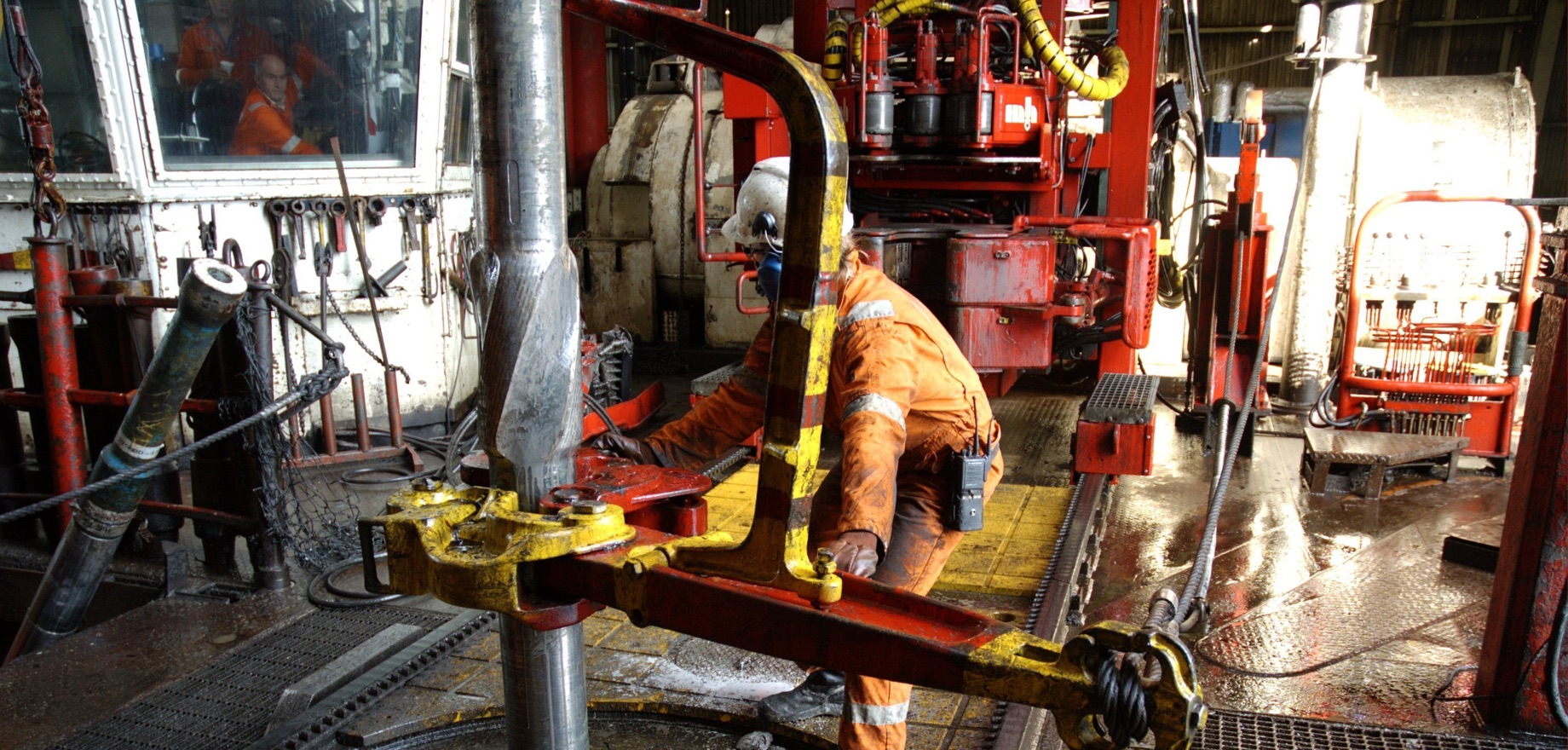
The human ear is a sensitive organic mechanism which is not suited to being overexposed to excessive noise, especially over long periods of time.
The inner ear contains a structure called the cochlea, which is lined with very fine hairs. These are triggered by different sound frequencies which are converted into nerve impulses and sent to the brain for interpretation. Exposure to extremely loud noise can destroy these delicate hair cells, preventing the interpretation process and resulting in hearing damage or loss.
Unfortunately, hearing loss remains one of the greatest occupational health threats of the modern world, especially due to machinery and equipment which can emit dangerous sounds levels of 100 decibels or more.
Noise-induced hearing loss is generally not reversible and can limit a person’s ability to hear high frequency sounds as well as understand speech. Overexposure may even seriously impair or deafen some individuals.
Loud noises can increase irritability and cause psychological stress.
While noise can negatively impact workplace productivity due to distraction and difficulties trying to concentrate, the most
common psychological effect is that of annoyance.
Annoyance is defined as any unwanted offence interfering with someone’s thoughts, feelings, or activities. Noise-based annoyance may lead employees to feel resentment, disapproval, distress and dissatisfaction which can impact the wellbeing of your whole team.
Generally speaking, excessive noise can interrupt a person’s flow and cause them to lose focus, which slows their progress down significantly throughout the day. Due to the nature of noise, if it’s affecting one person, it’s affecting many in the same vicinity.
Reducing excess sound in a workplace environment can address these issues and alleviate the extra pressure that noise can have on productivity.
Offering preventative measures such as protective passive noise reduction ear muffs along with noise suppression or noise cancelling capabilities, can help restore quiet for team members, reduce their stress and improve overall performance.
Sound blocking headphones really help people working within a noisy work environment because sound can be very distracting.
Ambient background audio stimulates the brain and draws attention away from the task at hand. It’s a part of human biology, hardwired in to keep us safe by making us aware of our surroundings.
However, in loud environments like a worksite or manufacturing plant, the excessive sound can overwhelm a person’s senses. Industrial noise reduction headphones are a way to block this out and help team members concentrate.
The technology inside a noise reducing communication headset works similarly to how the space within a drum produces sound. It takes excessive outside noise and reduces it to a much safer level to overcome distraction.
However, not all headsets are created equally. Different headsets can produce varying results when it comes to sound protection and quality.
The first patent for a noise control system was granted in 1934.
U.S. Patent 2043416 describes it as such: “According to the present invention the sound oscillations, which are to be silenced are taken in by a receiver and reproduced by a reproducing apparatus in the form of sounds having an opposite phase."
Or basically, one sound cancels the other.
By the 1950s, this successful technology was applied to headsets being used in helicopter and airplane cockpits to help pilots manage the excess aircraft noise while taking off, flying and landing.
Most industrial communication headsets used today in the workplace still utilize this same noise cancelling technology.
These headsets use passive noise cancelling techniques and some also include various types of noise suppression technology, which we’ll discuss later.
Passive noise cancellation uses layers of sound-absorbing materials packed into the headset and surrounding the ear.
Technically, all types of headphones have a degree of passive noise cancellation as they provide a direct barrier to external sound waves. However, specifically designed passive noise cancelling headphones often referred to as circum-aural headsets, feature sound-deadening foams and similar materials designed specifically to absorb higher frequency noise before it reaches the wearer’s ear.
These typically block out around 15 to 20 decibels.
Active noise cancellation uses power to erase lower-frequency sound waves using a phenomenon known as destructive interference. A microphone is placed in the headset earpiece which detects external noise and generates a sound wave that is identical to the incoming sound wave, but 180 degrees out of phase.
When the two collide, they cancel each other out.
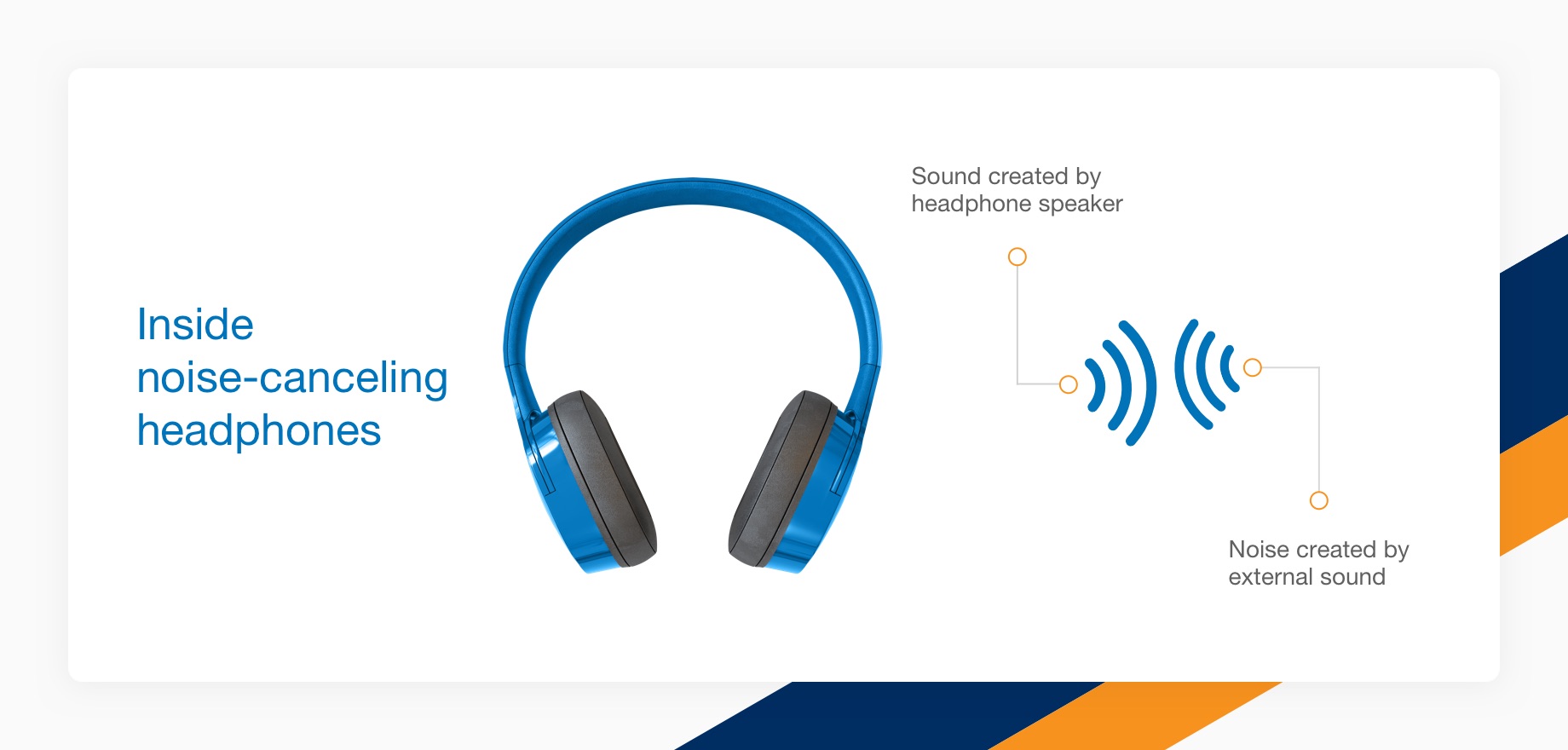
This cancellation of sound is referred to as destructive interference.
Basically, when the incoming wave meets the mimicked wave emitted by the active noise cancelling headphones, the amplitudes and frequencies mirror each other, creating silence.
For active noise cancellation to work, the headphone set must include:
While this method of noise cancellation is very effective in blocking out external sound, it does present limitations in the workplace when speech communication and other sounds still need to be heard.
Active noise cancellation reduces most all sound levels.
Therefore, when the user wants to block out all noise for complete silence, this works quite well. Ambient noise is removed effectively, and they are free to concentrate without audible distraction.
However, this headset technology is not able to distinguish speech from the rest of the background noise. As a result, most warning signals, commands and shouts are blocked out, which can make communicating between team members very difficult.
Additionally, as these external sounds are all generally on the same level, active noise cancellation can also reduce the wearer’s ability to be aware of their surroundings. This can be dangerous if a person cannot hear an oncoming forklift or a fire alarm.
So, while industrial sound blocking headphones can reduce excessive noise distractions and prevent hearing damage, it can also prevent users from communicating and having sufficient situational awareness in the workplace.
Certain smart digital headphones can overcome this in a way traditional headsets can’t. For more information, see speech enhancement noise suppression technology.
A common question that is asked is: are noise cancelling headphones safe to use?
The short answer to this FAQ is yes.
When worn in environments with excessive noise from transport, machinery or equipment, industrial sound cancelling headphones and protective ear muffs reduce noise-induced stress, distraction and hearing loss. This makes them an excellent hearing protection safety device.
Also, despite being powered by a battery, the technology within noise cancelling headphones doesn’t emit harmful radiation like a phone does.
However, it’s their effectiveness which can also create other potential risks too.
When you can’t hear anything while working on a site, your teams may experience the following issues.
Communication between workers is a crucial aspect of any occupation. If everyone is wearing noise reduction or noise-cancelling headsets, this can make communication very difficult.
The problem here is that both having insufficient hearing protection in a noisy atmosphere OR noise cancelling headsets reduces positive and clear communication in similar ways.
However, sound safety shouldn’t mean having to sacrifice communication. There are headsets which offer both hearing protection and speech communication.
While silence can help people concentrate, traditional noise reduction or noise-cancelling headsets and earplugs can isolate workers from their environment. Due to the lack of external audio cues which are prevented by the headphones or earplugs, they lose all sense of what’s going on around them.
This can put team members at risk, as they are only receiving visual stimuli and may fail to respond to an oncoming truck or sirens, for example.
There is a balance between situational awareness and hearing protection that is difficult to maintain especially in extreme industrial environments with very high noise levels where dual protection may be required.
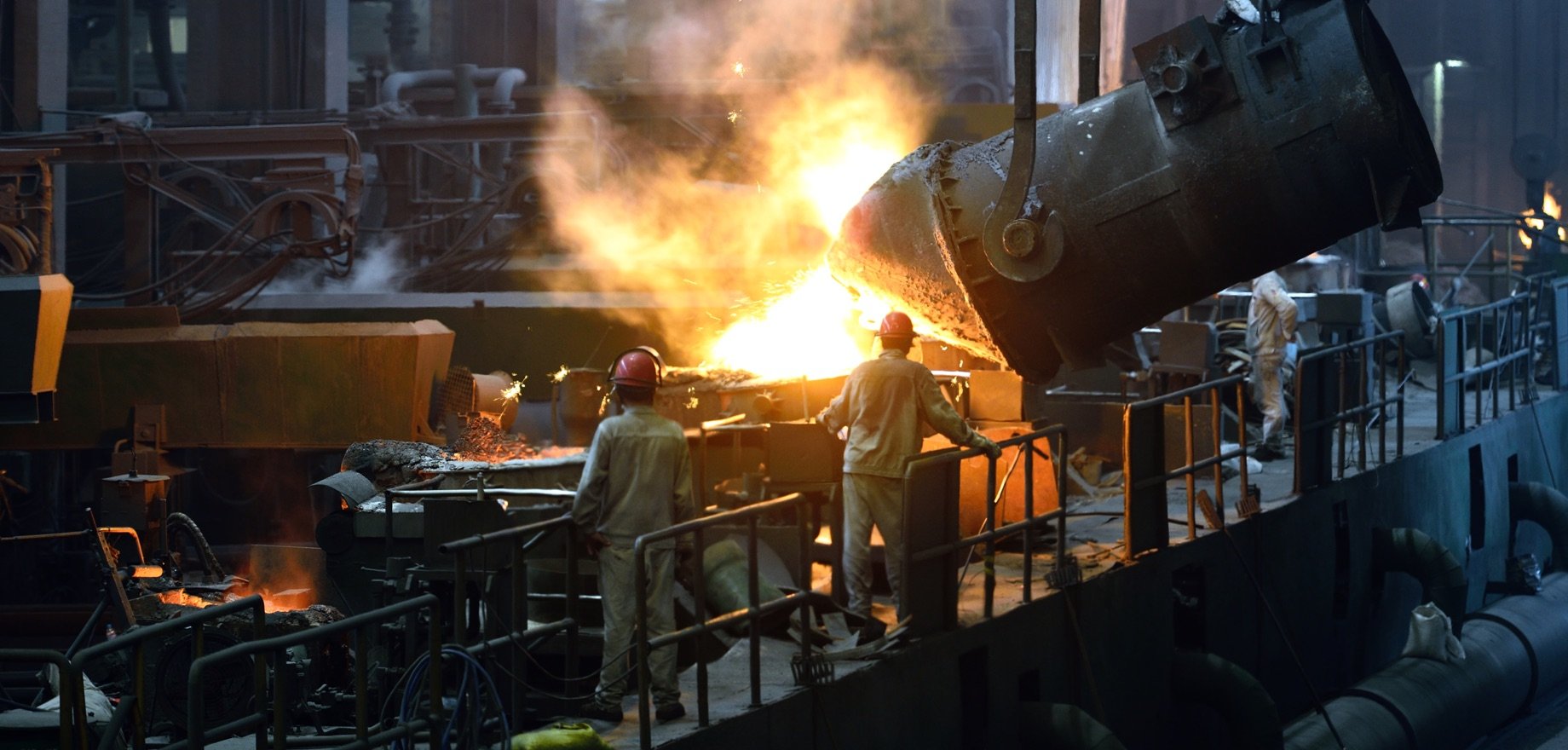
In certain situations, workers may be operating in extremely noisy environments where tank cleaning, motor run-ups or exceedingly loud tools like jackhammers are present. In these situations, ‘dual protection’ will be the only means to achieve the optimum hearing conservation.
Dual hearing protection involves wearing both earplugs and industrial noise reducing ear muffs (or sound cancelling headphones) together.
While dual protection can be beneficial in situations where dangerously loud tasks need to be performed, it poses the same issue of isolating the wearer by substantially reducing their situational awareness and ability to communicate.
Traditional noise cancelling systems have this limitation, however new innovative technology can help overcome this challenge by offering the wearer sound protection and a sense of situational awareness through enhanced noise suppression technology.
It’s important to get the balance of hearing protection and safety right in a workplace to avoid injuries and further problems. But how do you know what your business needs specifically?
Noise Reduction Ratings (or NRR) are a set of “rules” which serve as a point of reference for those who are serious about protecting their team’s hearing and improving their productivity in a noisy environment.
Measured in decibels (dB), the NRR functions as a “ruler” which measures how well a particular piece of hearing protection or device may work in real time and space. This Noise Reduction Rating allows you to quantify the number of decibels that a hearing protection device is capable of reducing, so you can assess what level of protection your staff require.
Noise Reduction Ratings are important because they indicate the functionality of a device and the ability for that device to protect hearing in loud workplace environments. This helps procurement managers make the right choice on which device is suitable for their specific workplace.
In order to approximate a Noise Reduction Rating and how many decibels of exposure are being reduced by sound cancelling device, a little math is required.
Simply minus 7 from the NRR and then divide by 2.
For example, if a hearing protector has a rating of 35 NRR, you would do (35 – 7) / 2 = 14.
This means that 14 decibels are being reduced. So, if a worker is exposed to an environment with 90 dB, then this protector device would reduce it down to around 76 dB.
The higher the NRR of a hearing protector, the more effective it will be at reducing noise.
It’s important to note that the equipment used to protect hearing does not reduce the decibel levels within a given environment by the precise decibel number that is tied to the NRR for that device.
For example, a person who is working in a loud occupational environment may be exposed to noise as great as 100 decibels. If an individual is wearing hearing protection equipment with an NRR of about 30 decibels, the noise exposure amount would not be lowered to exactly 70 decibels. Instead, it would be lowered to approximately 88.5 decibels.
This must be taken into consideration when deciding which industrial noise cancelling headsets are right for your team.
When considering noise reduction for a workplace, it can seem that there is a trade-off between either noise cancellation to prevent distraction and hearing loss, or communication and being aware of their surroundings using sound.
However, can workers both protect their hearing and stay alert to workplace hazards?
Yes, they can. To provide the best possible safety for your team, it’s important to provide proper electronic hearing protection equipment, training and situational awareness. These measures will allow workers to naturally adapt to their surroundings, communicate effectively and minimize all concerns regarding excessive noise.
Here are the main factors which need to be considered when providing solutions to help your team focus effectively and safely in the workplace.
Recently, there have been advancements in noise suppression technology which offers hearing protection together with a built-in situational awareness feature. The logic being that equipping workers with hearing protection without situational awareness is like giving them eye protection that doesn’t allow them to see or gloves that do not allow them to hold and grab items.
This built-in feature allows people to be protected from noisy workplace environments, while providing them with reduced sound input to still provide the audio cues which alert them to dangers such as an oncoming car.
For those who require Dual Hearing Protection, there are some industrial noise suppression headsets available which combine 360-degree Situational Awareness with dual protection while also allowing for face-to-face vocal communication too.
Digital communication headsets offer some significant advantages over the traditional analog noise reduction headset. The most important benefit is the ability to perform digital speech processing.
This key feature means that the headset has the ability to implement complex speech processing algorithms which increase the audibility of speech from both the wearer and surrounding team members, all while suppressing excessive ambient noise. The digital signal processor is able to identify and differentiate a variety of noise classes and then activate processing algorithms to suppress background sounds while boosting speech signals.
These new features have transformed the ability of noise-blocking headphones or noise reduction earmuffs to deliver exceptional communication abilities within industrial environments that expose team members to dangerous noise levels.
Noise cancelling headsets are fine for use on airplanes, or in an office environment to reduce background noise where solitude is acceptable.
However, this is not always the case when teams need to give verbal instructions, discuss and listen.
If communication is critical to your work environment, it’s important to consider the clarity of an enhanced communication headset. You don’t want your team missing an important phone call or conversation just because they work in a noisy environment.
In those high noise environments where communication and situational awareness are critical, there are high-noise communication headset solutions with digital Noise Suppression and Speech Enhancement Technology.
The solutions allow:

Digital noise reduction technology can also provide digital wireless connection across devices, allowing your team to communicate effectively at range.
Noise cancelling Bluetooth headsets can pair with digital smartphones and devices. When combined with the range and flexibility of digital two-way radios, your team can be equipped with an effective wireless Bluetooth two-way radio solution.
These wireless systems are safer and offer high speech quality interfaces which enhance the performance over traditional analog systems, all while offering superior hearing protection.
Every workplace and industry is different.
Just like workers in a manufacturing plant experience different conditions to those in transport or a warehouse, digital communication headsets are configurable and programmable to adapt to each workplace.
This means the levels and processing algorithms can be adjusted to specific industrial work environments and specific customer needs.
For example, Sensear has been asked to modify the firmware in our Intrinsically Safe Headset device for a number of Oil and Gas organizations in order to meet specific noise thresholds within their environments.
These bespoke modifications mean that you’re always able to ensure the best possible solution for your workplace.
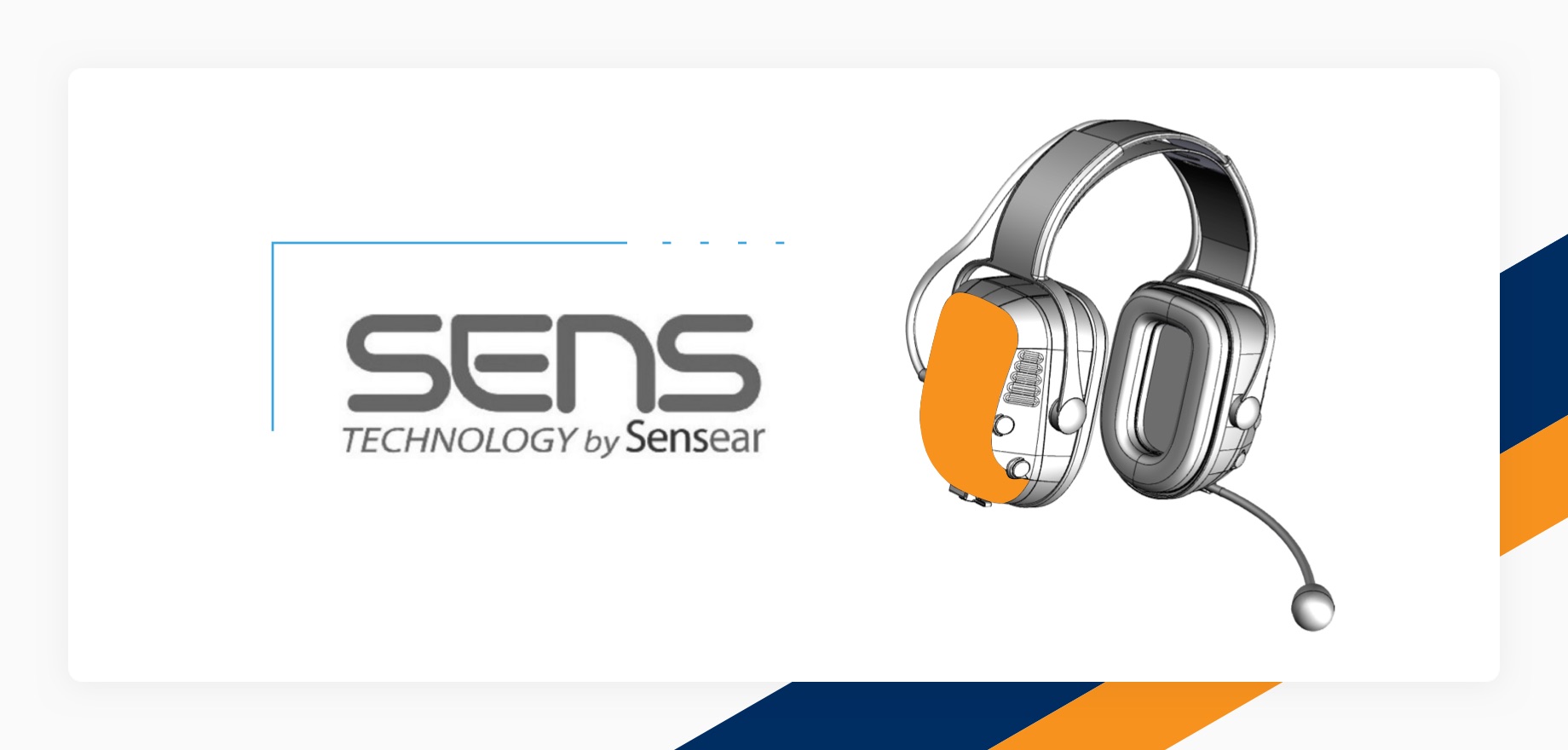
At Sensear, we have revolutionized industrial hearing protection by providing superior hearing protection, communication ability and situational awareness all in one piece of equipment.
This technology is known as SENS.
Industry-leading Speech Enhancement Noise Suppression technology (SENS) allows users to effectively communicate clearly in dangerously loud workplace environments without user harm or fatigue.
This innovative SENS™ Technology provides speech enhancement and noise suppression by isolating and elevating speech above the background noise, while suppressing dangerous background noises to a safer level (82dB) with our programmable volume limiter. It is also customizable to a specific environment as required, to ensure it provides your team with the optimal solution.
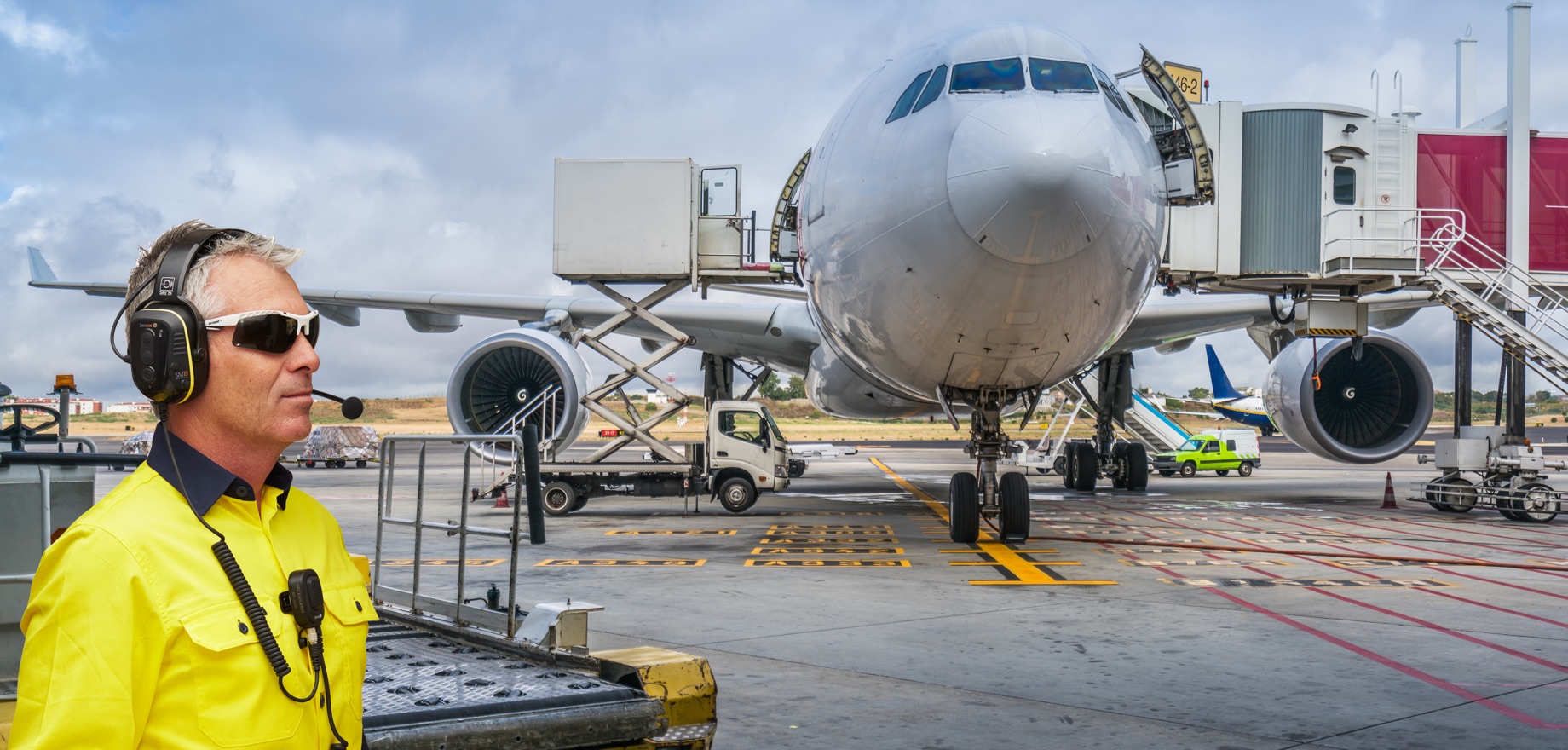
The volume limiting ability takes all external sound input, from two-way radio, short range headset-to-headset communication, face-to-face communication, Bluetooth and the surrounding environment, and processes it into a much safer level of 82 dB for the wearer. This allows your team to still hear necessary sounds to listen effectively and have situational awareness, without the risk or distraction of excessive noise.
To achieve this, SENS™ Technology has a built-in sound filtration system, which uses advanced digital signal processing to isolate specific sounds and adjust the algorithm to enhance desirable sounds, such as speech.
This provides crystal clear sound for the electronic hearing protection wearer, even in the noisiest workplace environments. The receiver on the other end of the communication also experiences the same sound quality as in the headset. This is because background sounds are filtered out of the entire communication process.
So even if a team member is working in a loud environment, they are still able to talk easily with someone in an office.
Selecting the ideal industrial headsets for your team is an important decision.
You want to provide adequate hearing protection which optimizes productivity, while allowing for effective communication and 360 degree situational awareness.
So if you are looking for the best high noise communication devices for your workplace, don’t just ask for Noise Cancelling, consider Sensear SENS™ Technology.
Check out our Headset Selector Tool to help you find the right industrial headset to match your needs and environment, or book a session with a Headset Specialist who can answer any of your specific questions.

Danimex Communication and Sensear have formed a new partnership to market Sensear’s products in Middle East, Africa, Benelux and the Scandinavian Countries.